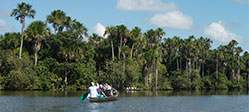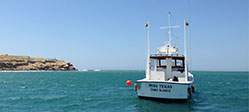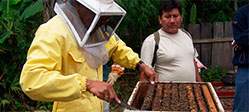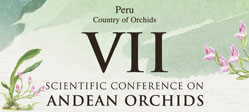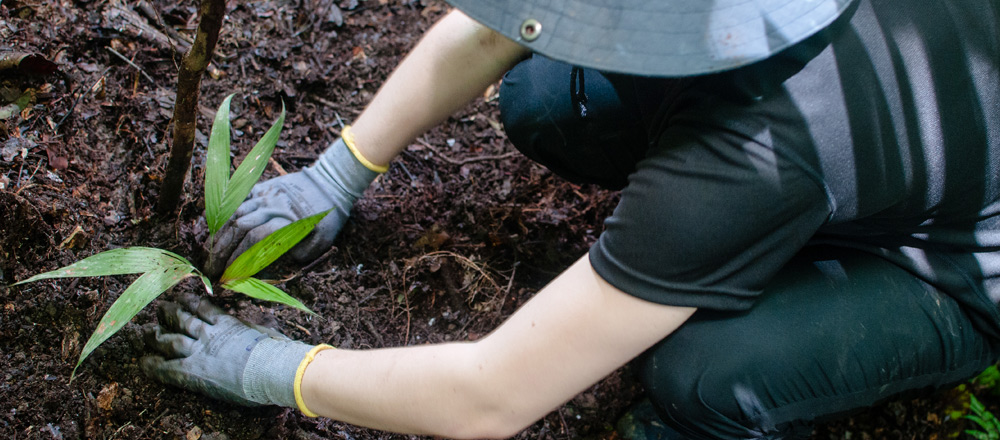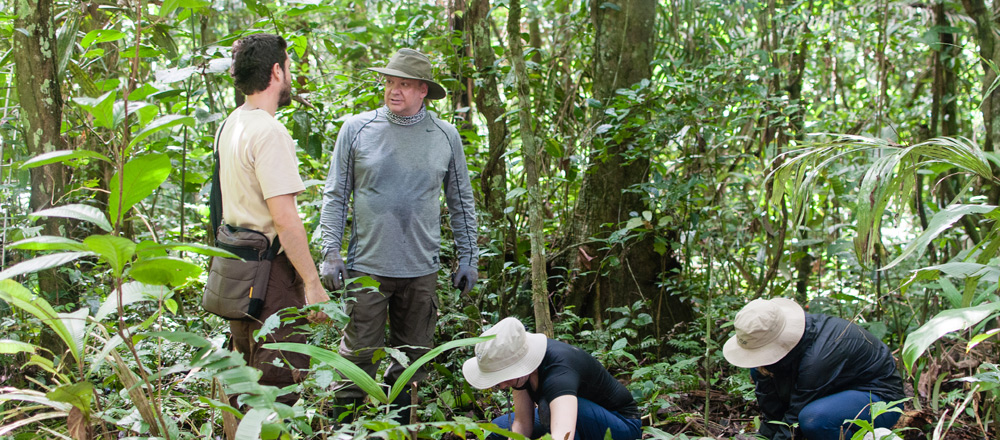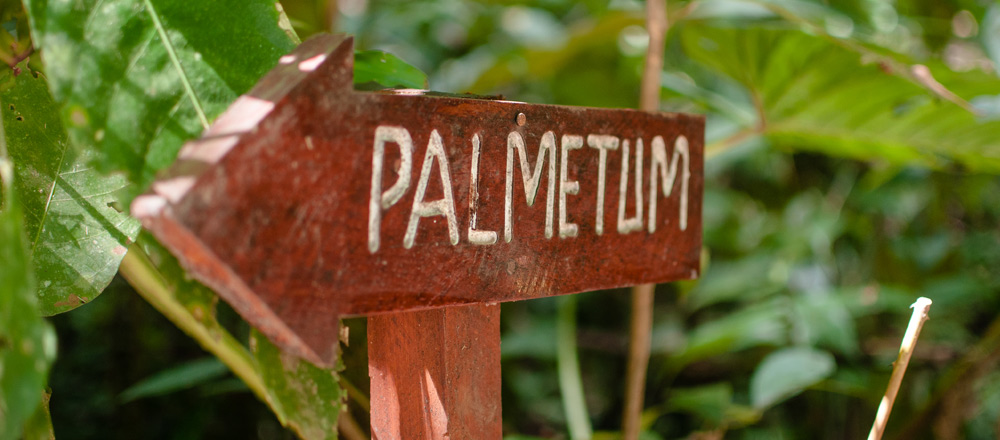Research > Rainforest > Palmetum
Palm trees are essential for the floristic structure and ecology of tropical forests, while representing one of the most important plant groups for the economic development of native communities. Their distribution range comprehends tropical and subtropical climates across the world, where abour 2800 species can be found. South America has over 1200 palms species, 373 of which are found in the Amazon (63% are endemic). Belonging to 35 genera, Amazonian palm trees have an altitudinal range from 0 to 1000masl.
Inkaterra Asociación’s Palmetum is an initiative to study and conserve the most complete sample of Amazonian palms. It currently has 19 of the 23 palm species employed by the Ese’Eja cultura for more than 340 uses. Through permanent monitoring and species production in a nursery to preserve genetic diversity, scientific research at the Palmetum creates knowledge in situ on the key role of palm trees in the economy of local communities, encouraging sustainable business opportunities that contribute to environmental care in the Amazon.
This project explores survival mechanisms of palm trees in the rainforest, including natural seed dispersion. Additionally, Inkaterra Asociación studies characteristics and cultural relevance of species such as royal palm (Geonoma deversa), with big impermeable leaves used in local architecture for rooftop weaving; the Yarina or vegetable ivory (Phytelephas macrocarpa), with an edible seed that is also used for art crafts; the wasai (Euterpe oleraceae), with edible fruits to entice diverse monkey and bird species; or the walking palm tree (Socratea exorrhiza), which moves its roots in search of sunlight.




